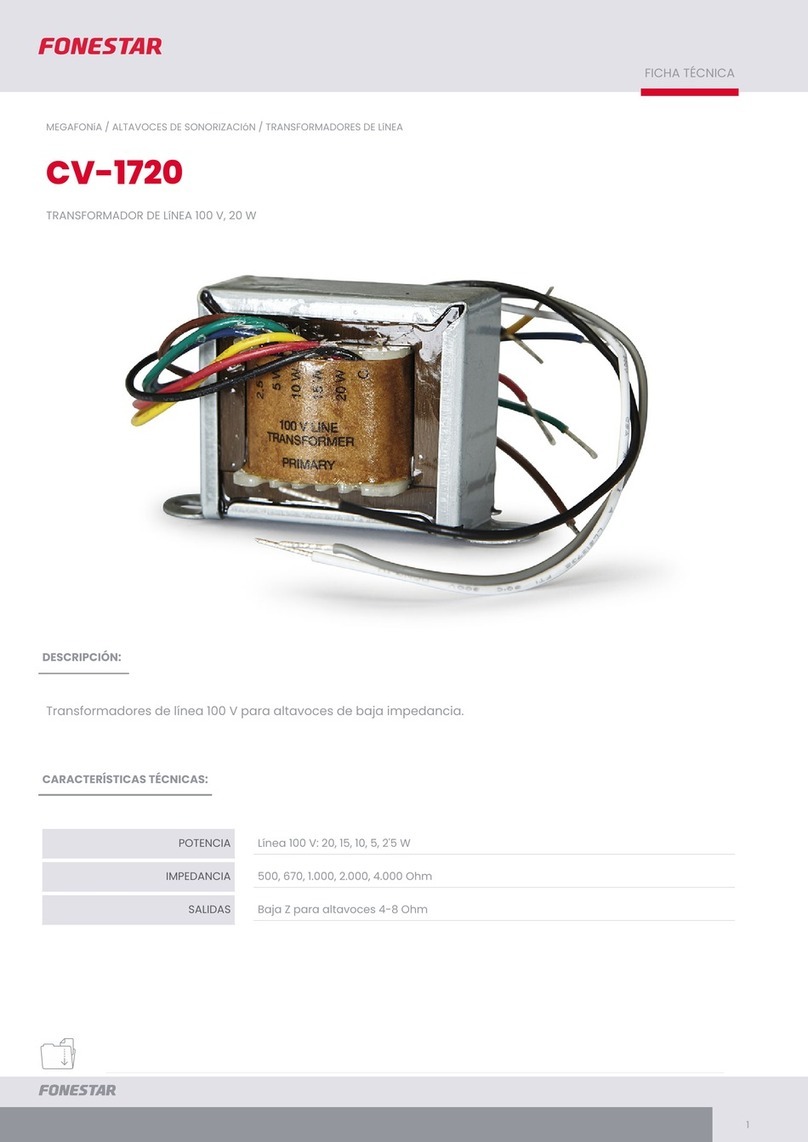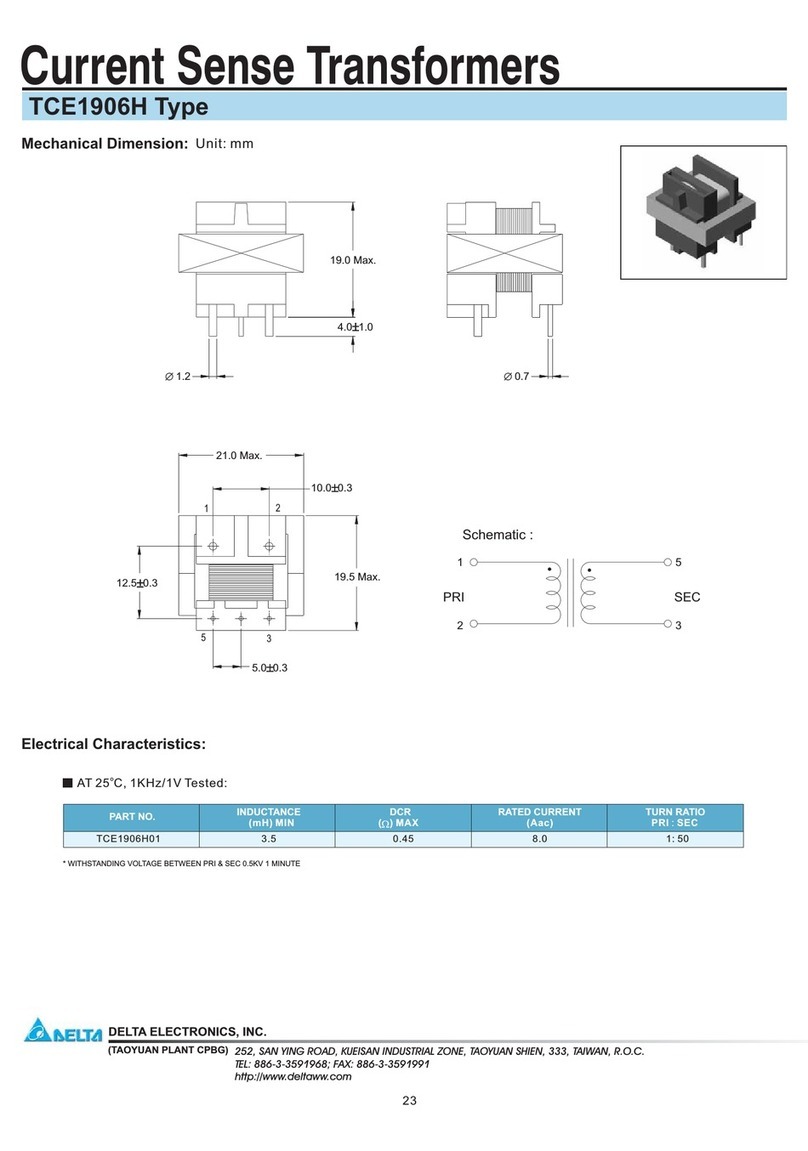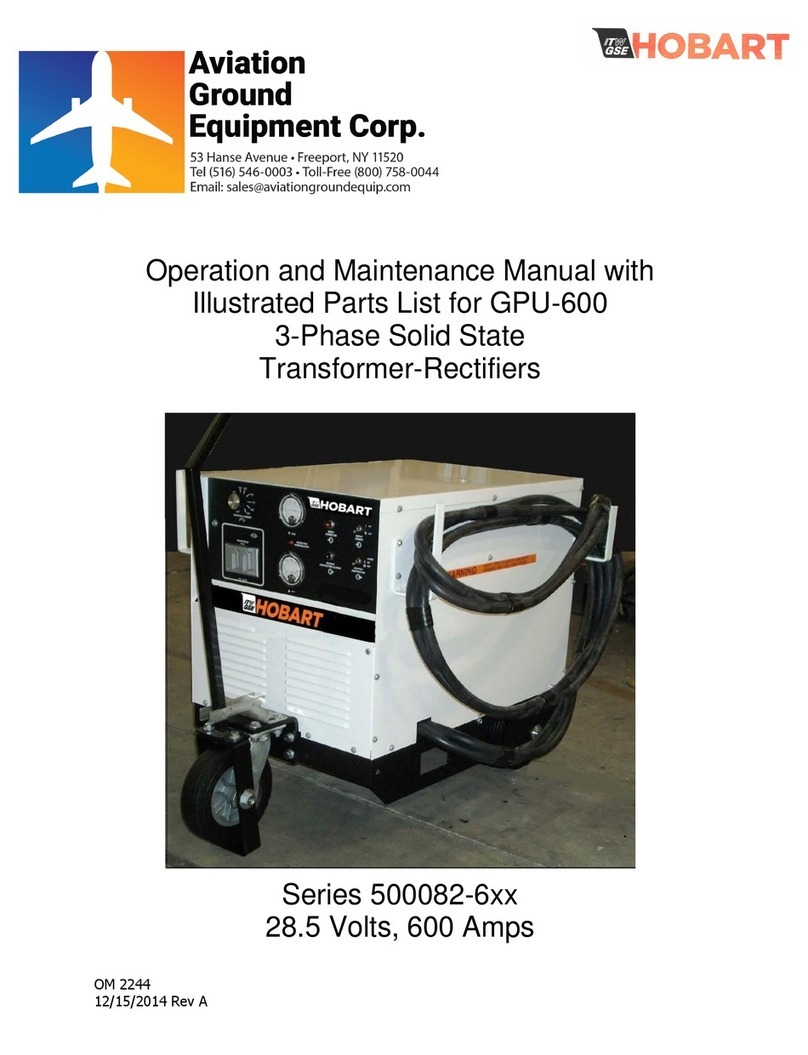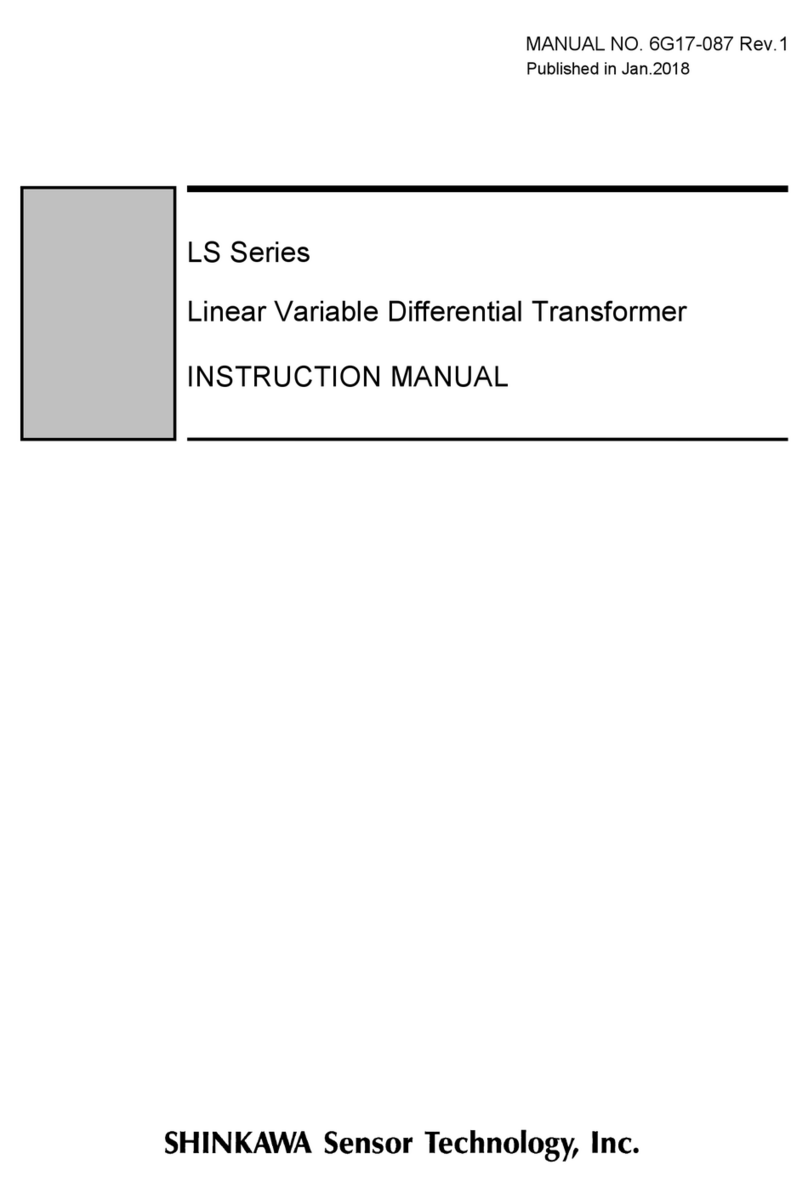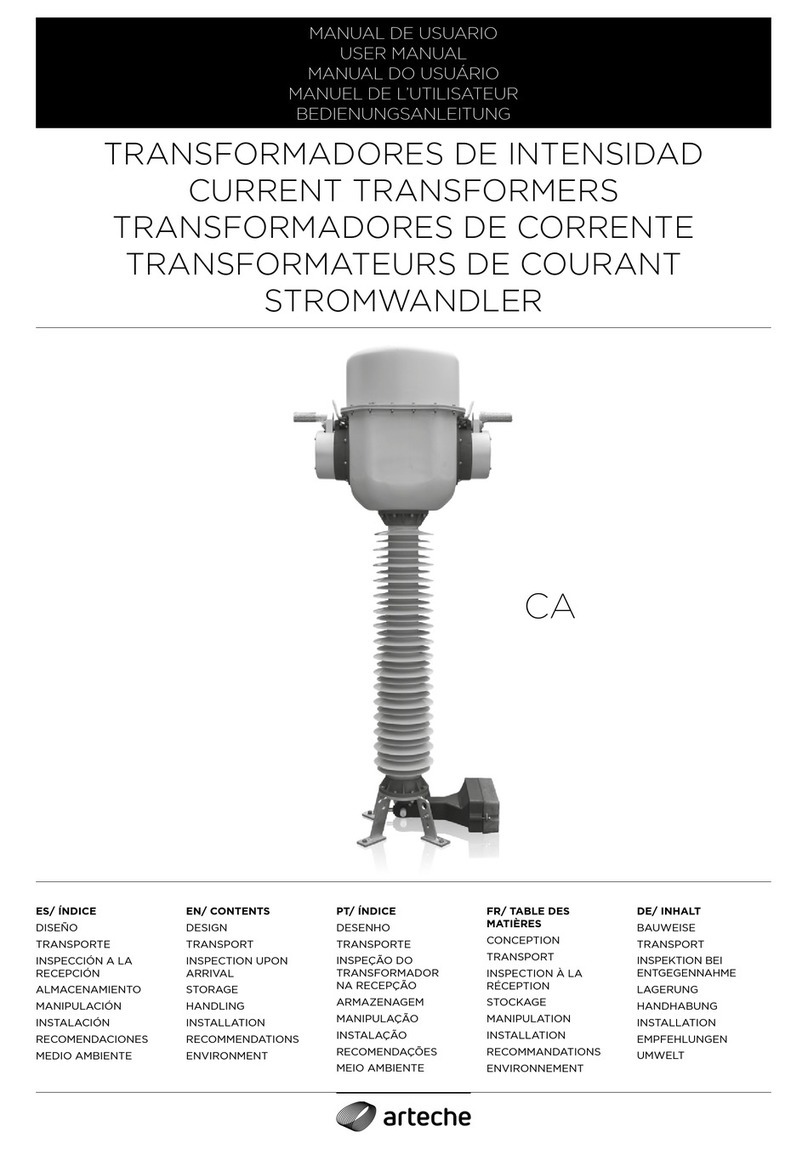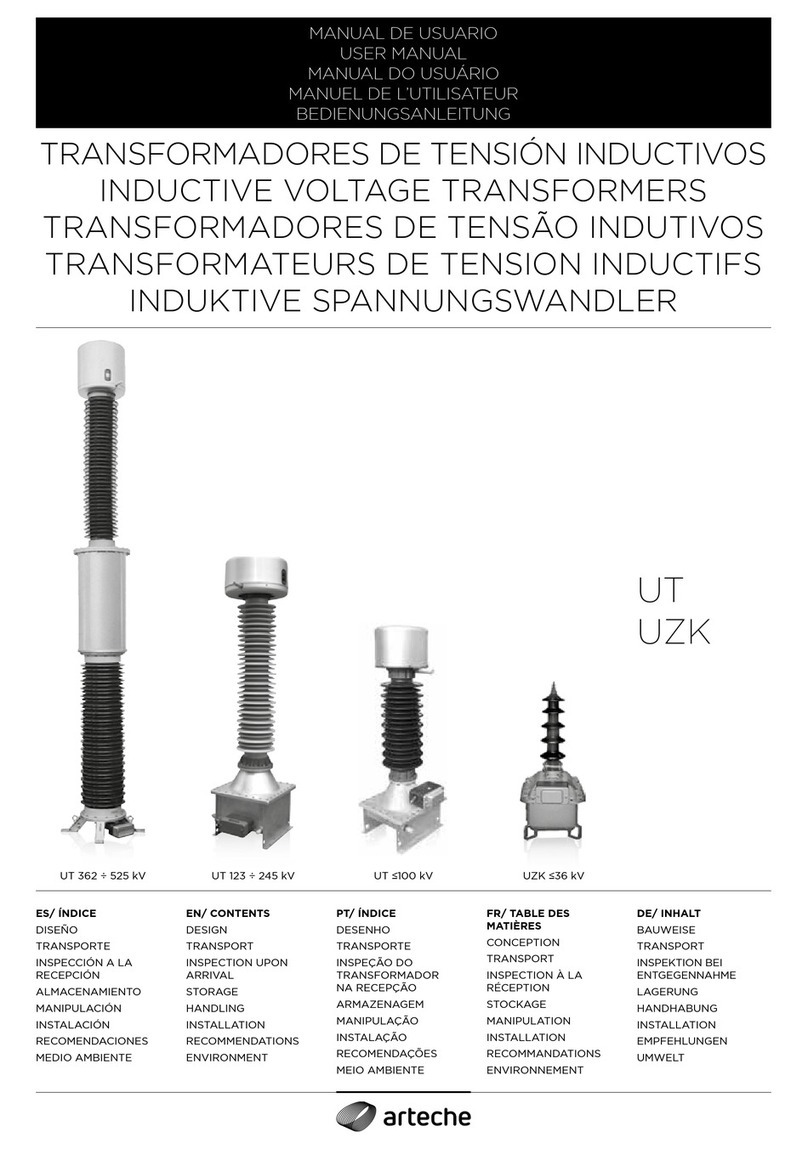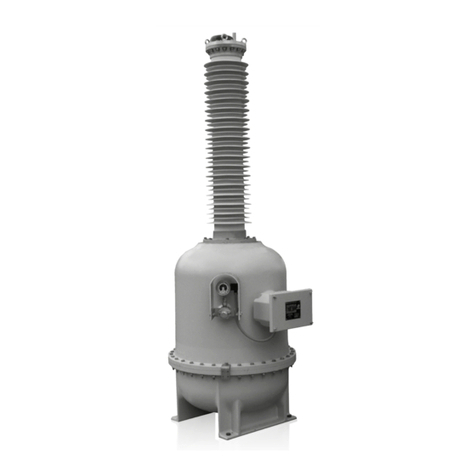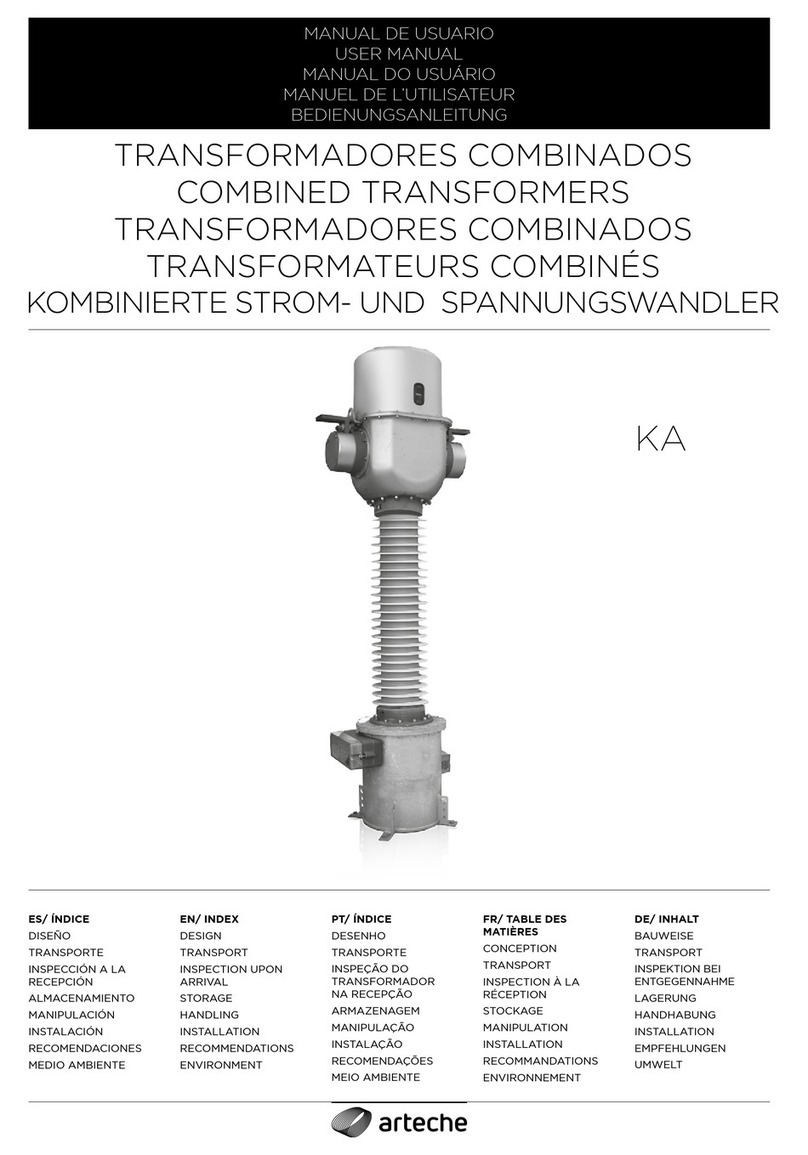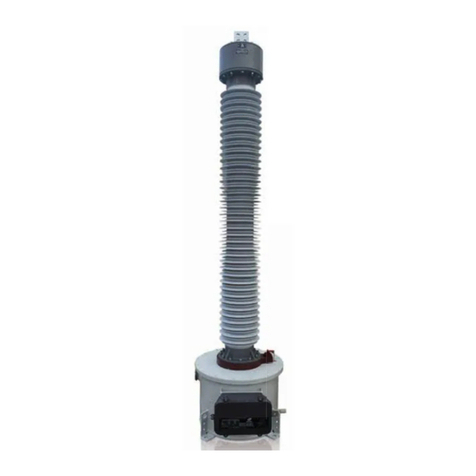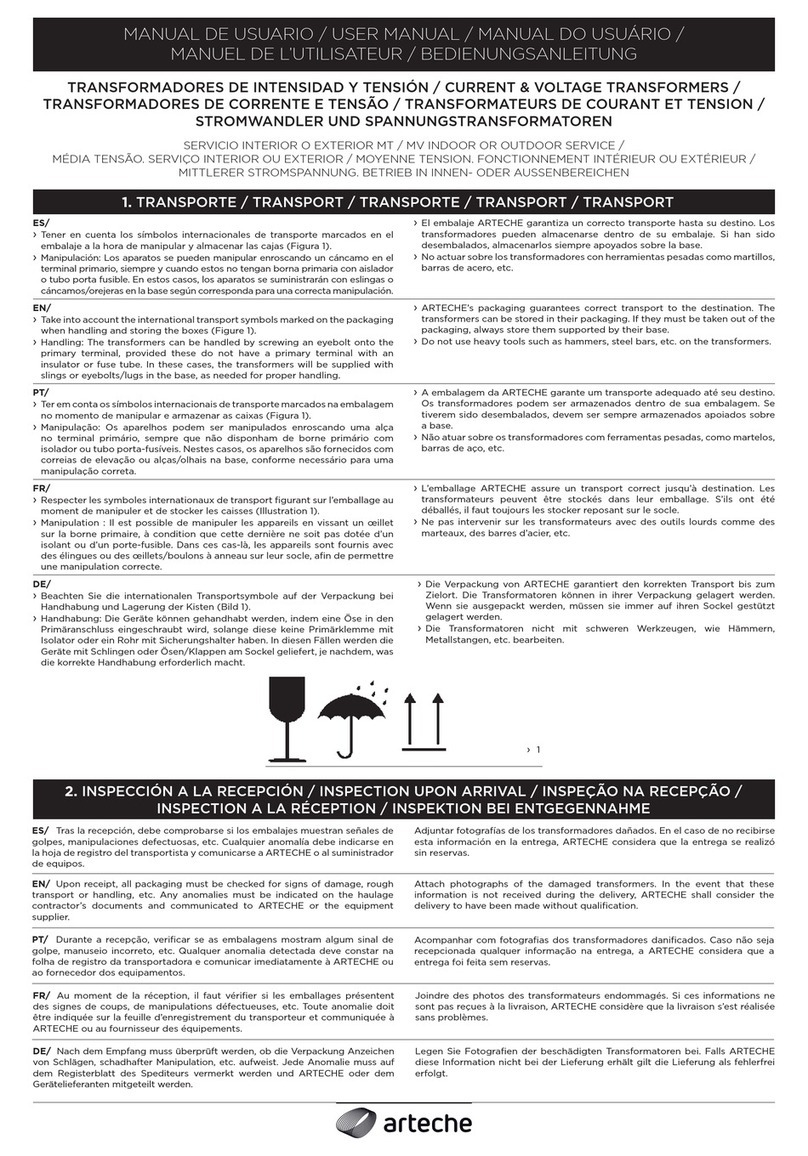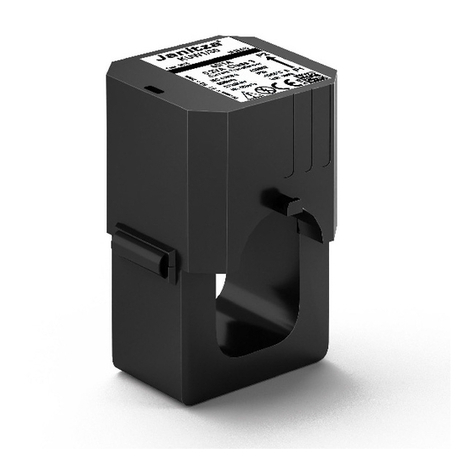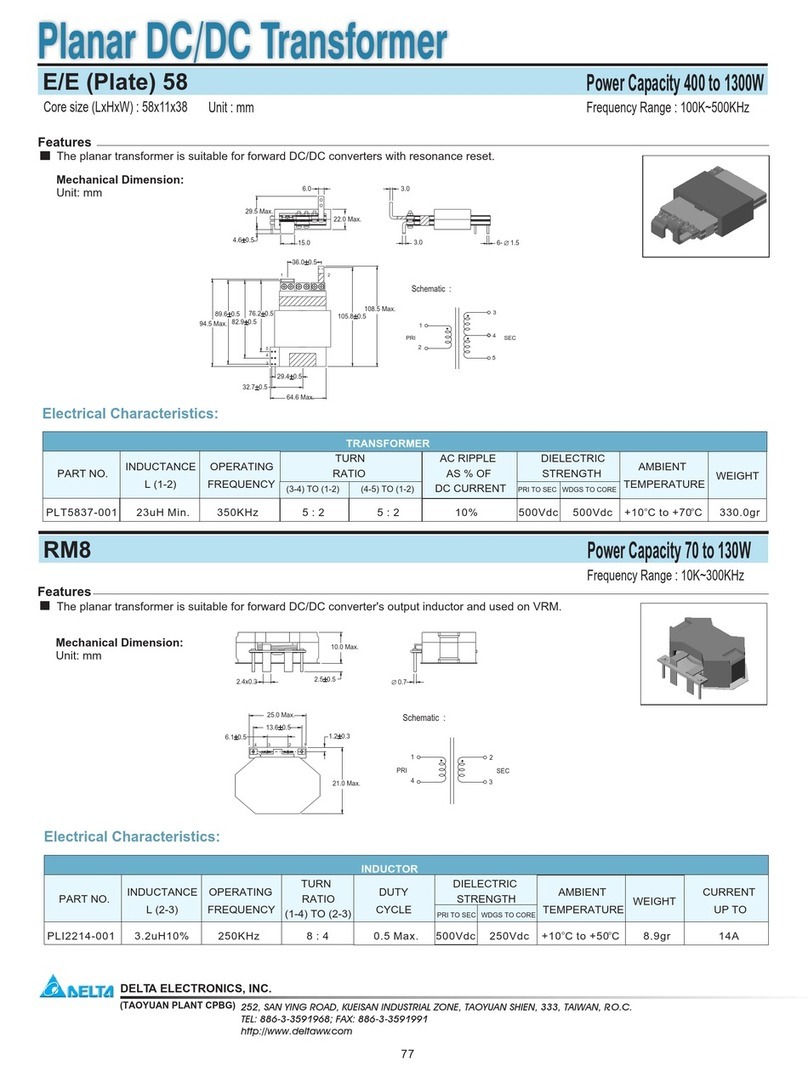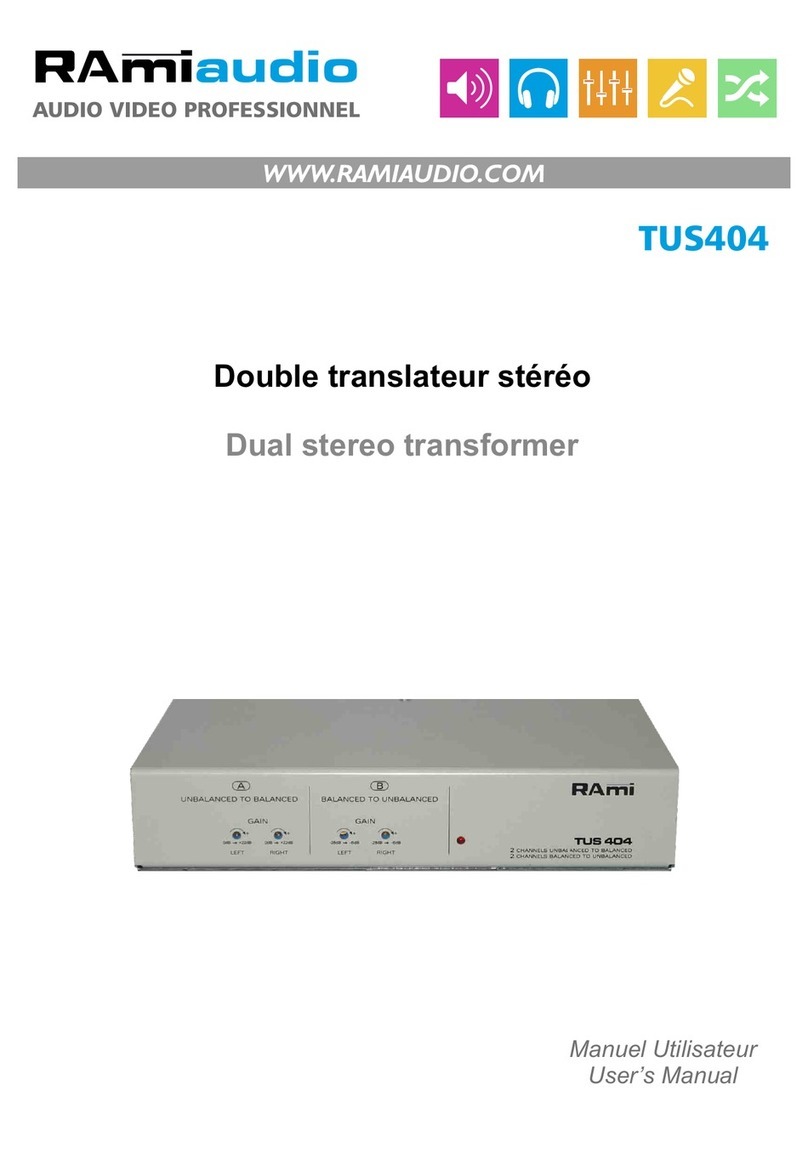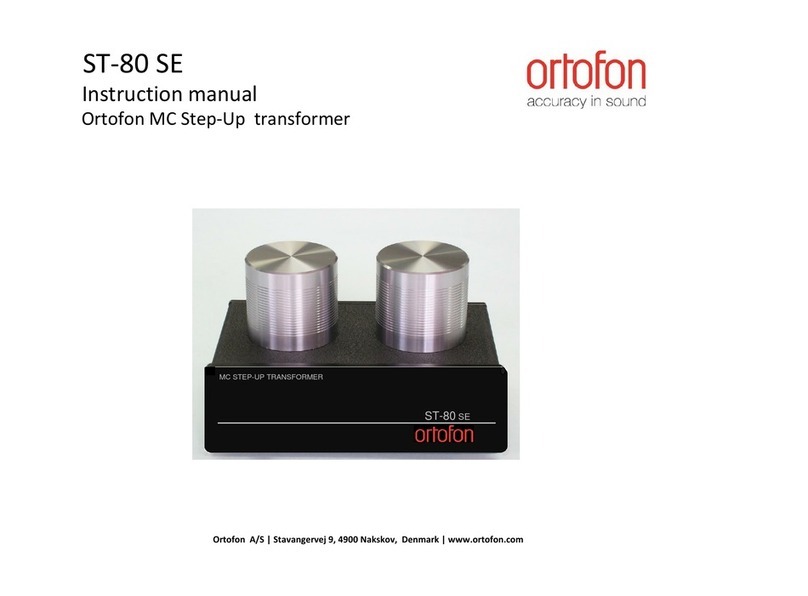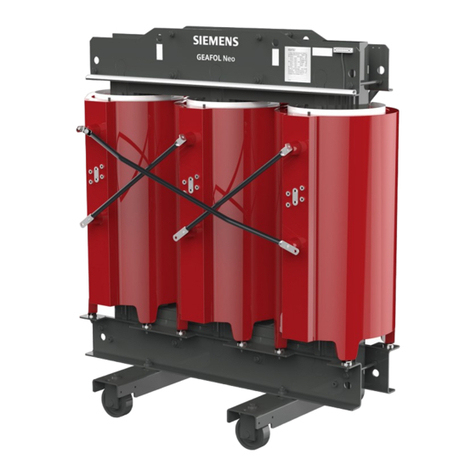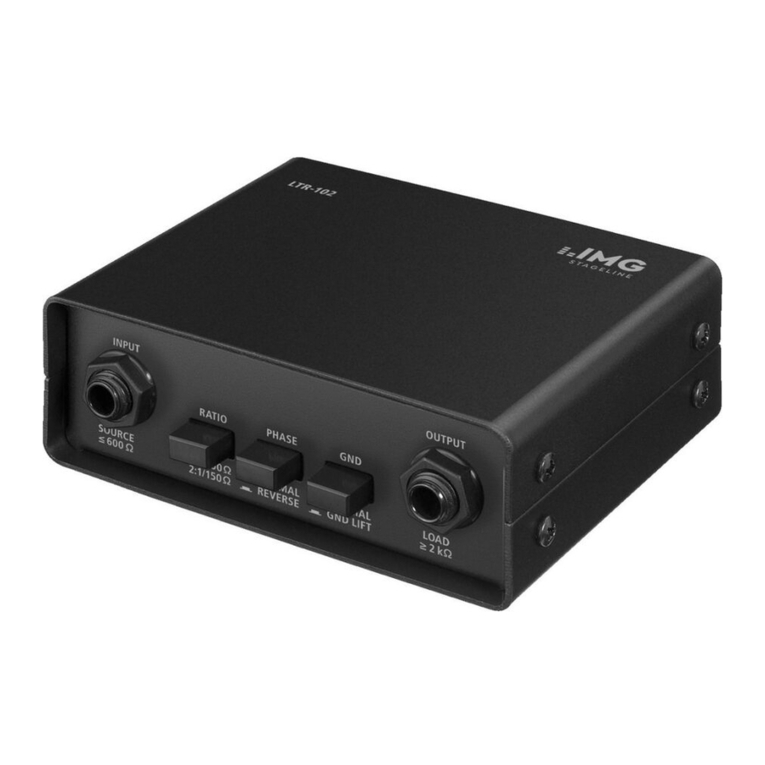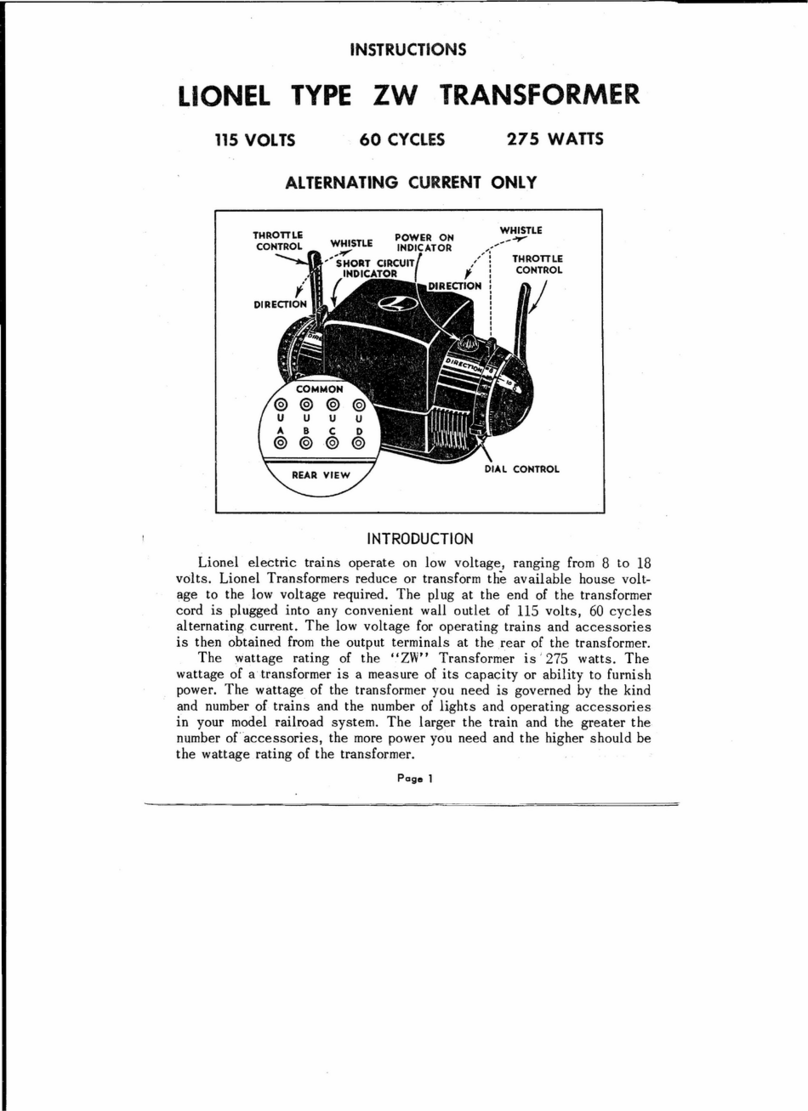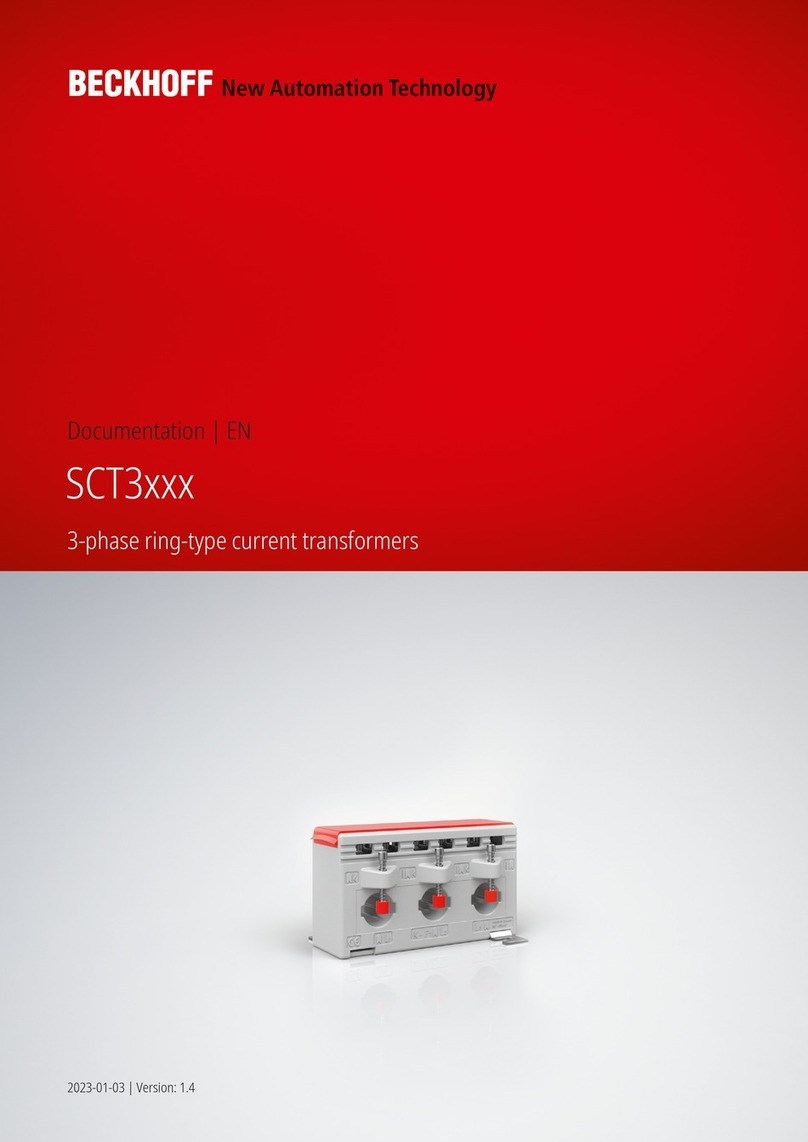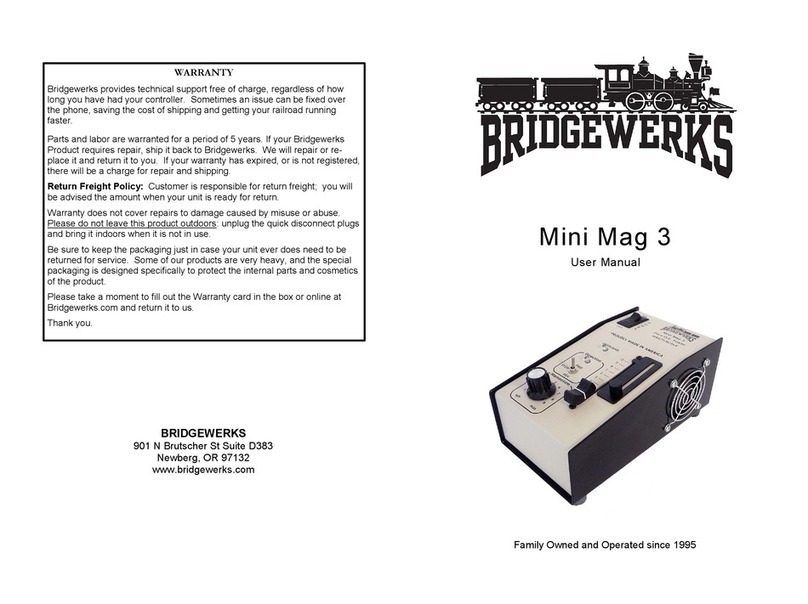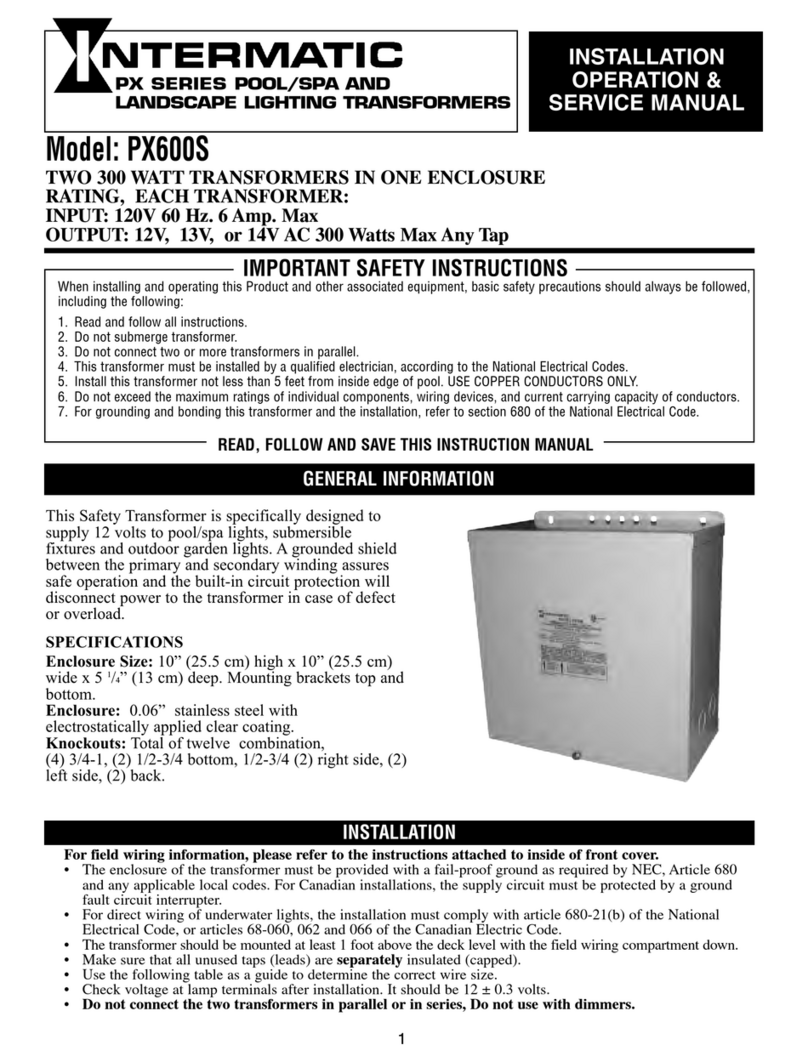
3High Voltage Instrument Transformers | DDB/DFK/DDN/DFN
User manual
TRANSPORT/
TRANSPORT AND HANDLING
ARTECHE’s packaging guarantees a correct transport to
destination.
Transport must always be carried out in a vertical position, in
wooden boxes.
If the transformer is made up of several capacitor units, it is
shipped disassembled, with all the capacitor units inside the
same box, each one anchored to the base of the packaging,
except the lower one, which is attached to the tank.
For transport, the transformer should be properly attached to
the packaging so as to avoid movement.
› Load and unload the transformer slowly and avoid sudden
movements.
› It must be secured to the truck to avoid movement.
› Keep truck acceleration under 5G, and the speed under:
• Unpaved road ___________ Max. 30 km/hour
• Secondary roads ___________ Max. 30 km/hour
• Highway (Motorway) ___________ Max. 30 km/hour
STORAGE/
The storage area must maintain the necessary health and safety
conditions so as to avoid damage to the transformer. Follow the
safety markings on the packaging at all times.
› Always store in an upright position: The transformers must be
stored upright in their original packaging, which was designed
to this end.
Wooden packaging loses its properties over time, especially
when exposed to the elements.
Therefore, transformers cannot be stored in their packaging
indefinitely. This period depends on the type of wood,
temperature, humidity, contamination, etc. It is recommended
to check the integrity of the packaging regularly.
After unpacking the transformers, if they are not to be installed
immediately, always store them firmly anchored to the ground
without time restriction.
The final holder will be responsible for delivering the used
packaging or its waste for environmental management according
to the legislation in force in their country.
HANDLING/
It is recommended to transport the packaged transformers to
the construction site.
Unpacking: Remove the top and sides of the box to allow free
handling of the unit.
Annex I, contains the figures mentioned below.
The movements are to be carried out as shown in fig. 1.
For transformers consisting of a single capacitor unit, the slings
must be placed in the holes prepared for this purpose in the
base and, before lifting, the screws that join the unit to the base
of the packaging must be loosened.
DANGER
INJURIES from falls and tipping
› Do not place the equipment upside down or on its side
› Do not transport the equipment in conditions other than those mentioned
RECEIPT/
After receipt, check the packages for signs of shock, tampering,
etc. Any anomaly must be indicated on the transport
company’s receipt sheet and communicated to ARTECHE or
the equipment supplier.
Once the transformer has been unpacked, check that none of
the screws holding the insulator have become loose during
transport. If they have, tighten them according to the torque
indicated in Annex II. If any other type of anomaly appears,
inform ARTECHE or the supplier of the equipment.
Attach pictures of the damaged transformers with the report.
› Possible damage to the packaging: Dents on the outside, open
packaging, etc.
› Possible damage to equipment: Broken or defective insulator,
dented metal parts, damaged secondary terminal box, etc.
The packed units can be moved by forklift or with slings and/or
chains. Follow the safety markings on the packaging.
DANGER INJURIES AND/OR FIRE
› Do not use damaged equipment
DANGER
INJURIES from falls and tipping
› Do not place the equipment upside down or on its side
› Handle the transformer according to the instructions in this manual
› A sling which is in good condition and is suitable for handling the equipment should be
used according to the equipment’s weight, indicated on the nameplate
Under no circumstances should a transformer be manipulated by pulling on the primary terminals
This may cause damage to the equipment and void its warranty
For multiple capacitor units, never move the entire unit suspended by its head. Always move it from the base (tank)
fig. 1a, fig. 1b

